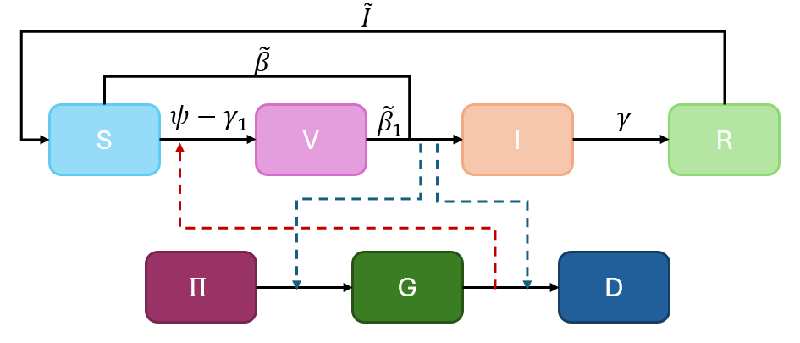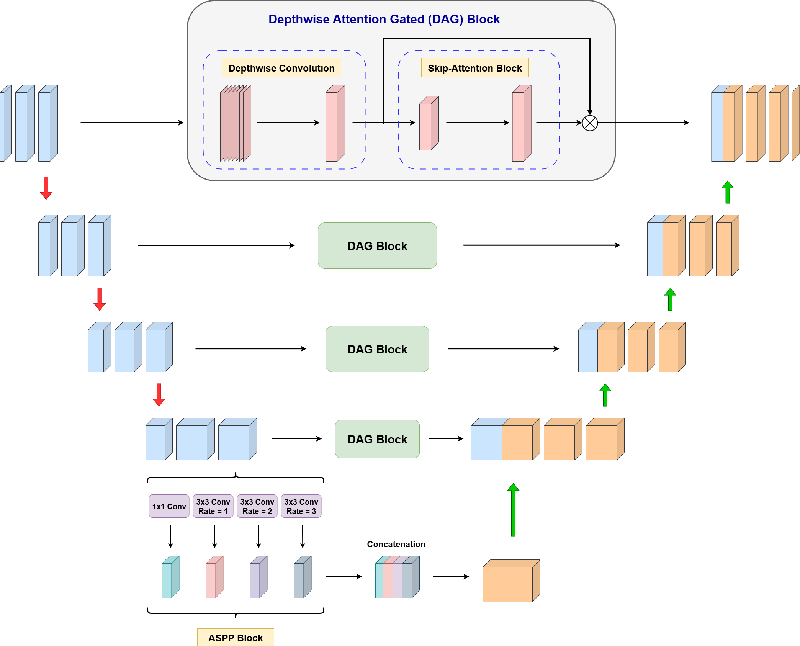
Unlocking Effective Pandemic Responses: A New Framework for Vaccine Allocation
In an era defined by the global COVID-19 pandemic, innovative approaches to resource allocation have become critical in mitigating the impact of infectious diseases. A recent research paper by...
Read More
